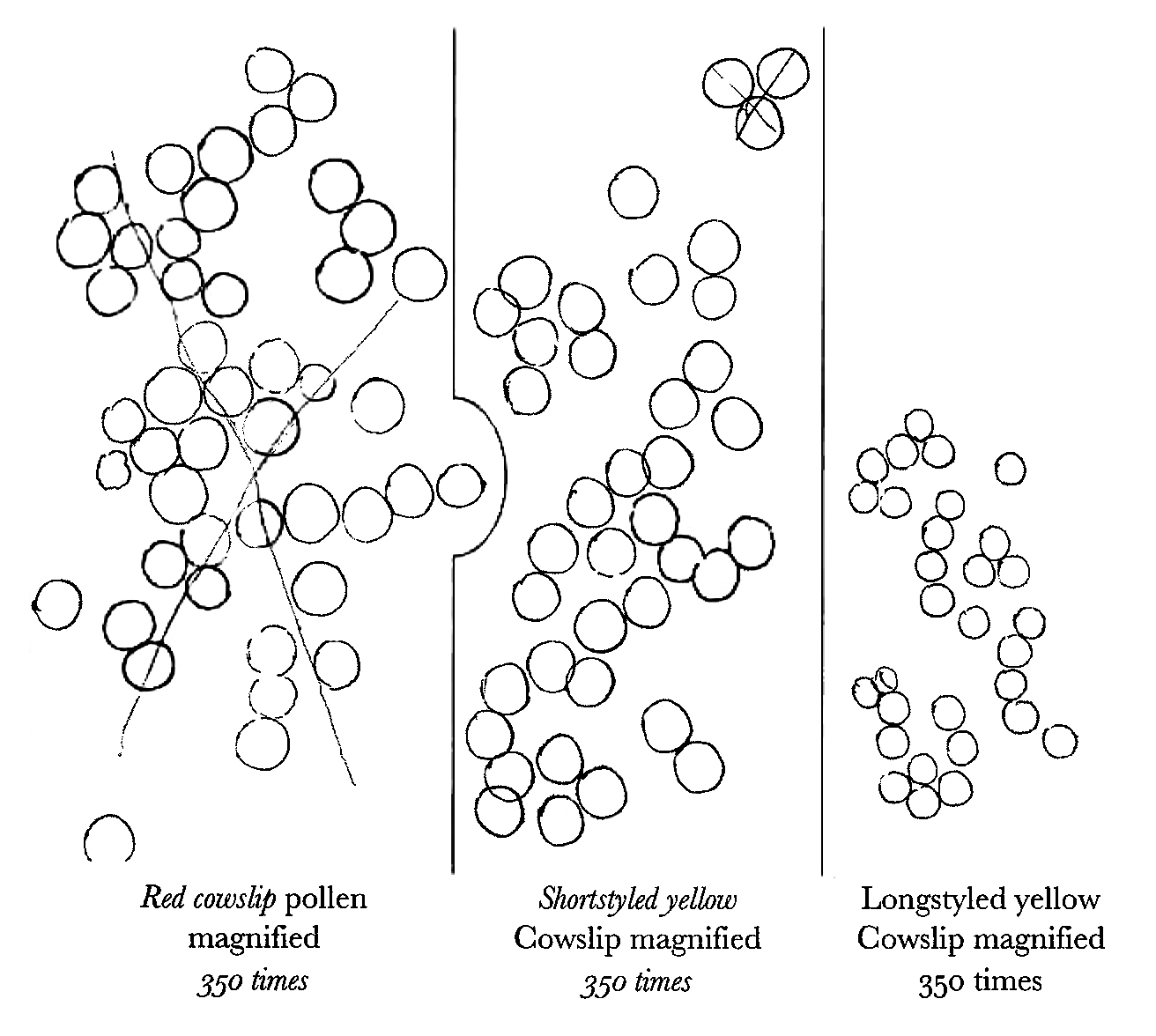From W. E. Darwin [30 April 1864]

CD annotations
Footnotes
Bibliography
Correspondence: The correspondence of Charles Darwin. Edited by Frederick Burkhardt et al. 29 vols to date. Cambridge: Cambridge University Press. 1985–.
Forms of flowers: The different forms of flowers on plants of the same species. By Charles Darwin. London: John Murray. 1877.
‘Illegitimate offspring of dimorphic and trimorphic plants’: On the character and hybrid-like nature of the offspring from the illegitimate unions of dimorphic and trimorphic plants. By Charles Darwin. [Read 20 February 1868.] Journal of the Linnean Society of London (Botany) 10 (1869): 393–437.
‘Specific difference in Primula’: On the specific difference between Primula veris, Brit. Fl. (var. officinalis of Linn.), P. vulgaris, Brit. Fl. (var. acaulis, Linn.), and P. elatior, Jacq.; and on the hybrid nature of the common oxlip. With supplementary remarks on naturally produced hybrids in the genus Verbascum. By Charles Darwin. [Read 19 March 1868.] Journal of the Linnean Society (Botany) 10 (1869): 437–54.
Summary
[Outline sketches of pollen from long- and short-styled yellow cowslips and from red cowslip, magnified 350x.]
Letter details
- Letter no.
- DCP-LETT-4478
- From
- William Erasmus Darwin
- To
- Charles Robert Darwin
- Sent from
- unstated
- Source of text
- DAR 108: 84
- Physical description
- sketch ††
Please cite as
Darwin Correspondence Project, “Letter no. 4478,” accessed on 16 April 2024, https://www.darwinproject.ac.uk/letter/?docId=letters/DCP-LETT-4478.xml
Also published in The Correspondence of Charles Darwin, vol. 12


